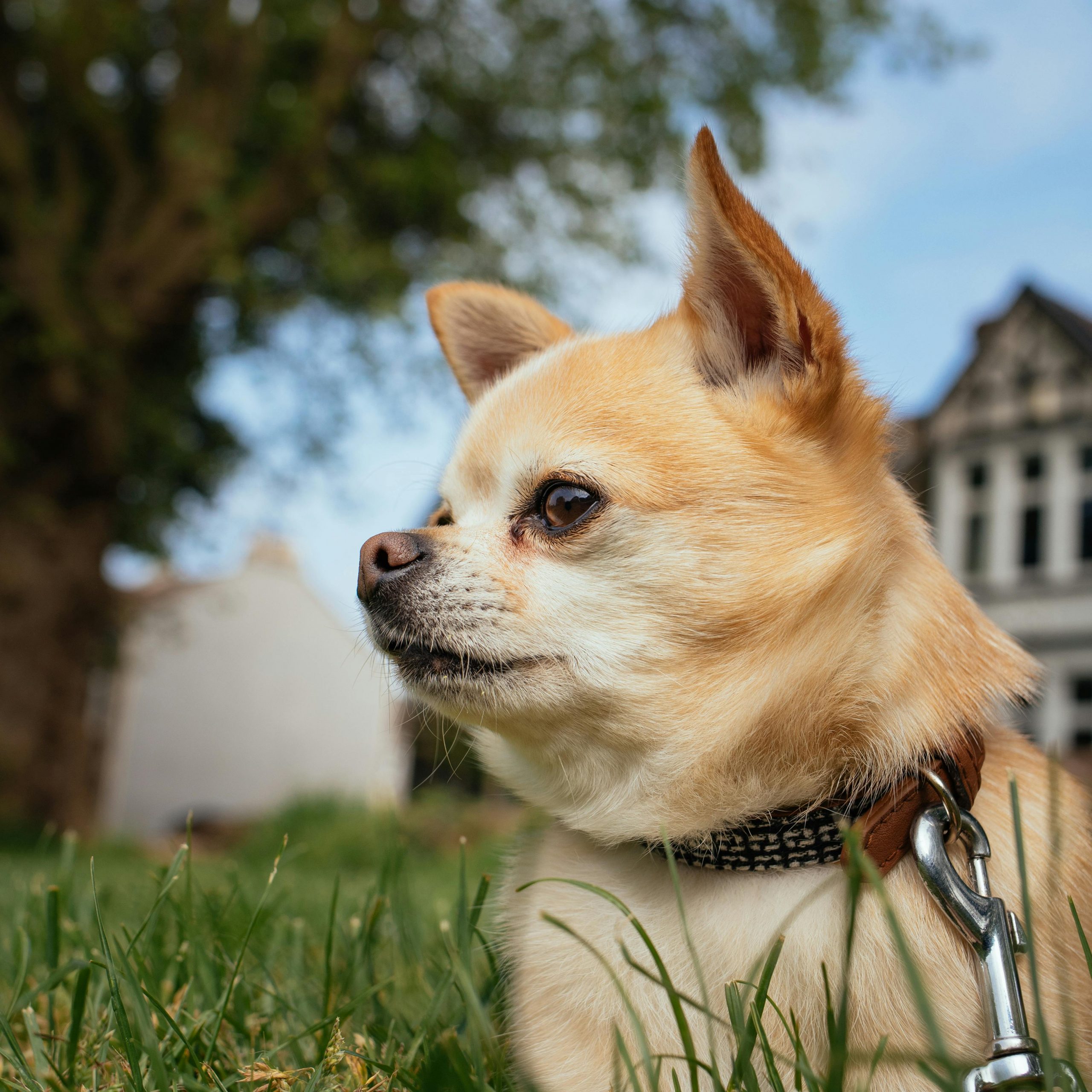1. What is the most common color of Siberian Huskies?
The most common color of Siberian Huskies is black and white. This iconic coloration features a predominantly black upper body and head, with white on the underbody, legs, and often part of the face. The contrast between black and white not only enhances the Husky’s striking features but also gives them their characteristic wolf-like appearance. This color combination is popular due to its bold visual appeal and is often what people picture when they think of Huskies. It beautifully highlights the Husky’s vibrant eyes, which can be blue, brown, or heterochromatic.
2. Are pure white Huskies rare?
Yes, pure white Huskies are rare. Unlike other color variations that feature a mix of hues and markings, pure white Huskies have a completely uniform white coat with no other colors. This rarity is due to the specific genetic makeup required to produce a completely white coat. The striking appearance of pure white Huskies, combined with their uncommon occurrence, makes them particularly sought after. Their snowy fur can be especially stunning against their bright eye colors, which can range from blue to brown or even bi-colored.
3. Can Huskies have blue eyes regardless of their coat color?
Yes, Huskies can have blue eyes regardless of their coat color. Blue eyes are one of the most distinctive features of the Siberian Husky breed and are not linked to the specific color of their fur. This trait is due to a gene that is separate from those that govern coat color, allowing Huskies of any color, from black and white to pure white or agouti, to potentially have blue eyes. Some Huskies also have heterochromia, where one eye is blue and the other eye is a different color, adding to their striking appearance.
4. What causes the piebald coloring in Huskies?
Piebald coloring in Huskies is caused by a specific genetic configuration that results in irregular patches of colored fur and white areas. This pattern is a result of the piebald gene, which affects the distribution of melanin in the fur. Piebald Huskies can have patches of black, grey, or red set against a predominantly white background. Each piebald Husky has a unique pattern, making this one of the more personalized and distinctive color variations in the breed. Due to its genetic nature, piebald coloring is rare and highly valued among Husky colors.
5. What is the difference between agouti and sable-colored Huskies?
Agouti and sable-colored Huskies both involve multi-colored banding on the individual hairs, but they differ in color intensity and pattern. Agouti Huskies have a wild, wolf-like appearance with a color pattern that includes a mix of dark grey, brown, and black, often with a very dark, almost black, appearance. This coloration mimics the natural camouflage of wild canines. Sable Huskies, on the other hand, typically have a lighter base color like gold or grey with black-tipped guard hairs. The main difference lies in the overall tone and depth of color, with agouti being darker and more varied, while sable shows more of a distinct black tipping on lighter fur.
6. How does the Siberian Husky’s coat color affect its health?
The Siberian Husky’s coat color generally does not affect its health. Huskies are bred to be hardy dogs with good overall health, and their coat color is primarily a cosmetic attribute with no known direct link to specific health issues. However, as with any breed, certain genetic conditions, such as those that may cause albinism (associated with white coats) can lead to health challenges like vision or skin sensitivity. Potential Husky owners need to prioritize reputable breeders who conduct genetic testing to ensure the healthiest puppies regardless of coat color.
7. Can a Husky’s coat color change as it ages?
Yes, a Husky’s coat color can change as it ages, especially during their first year of life. Puppies may be born darker and lighten as they mature, or they may develop more distinct markings as their adult coat comes in. This change is particularly noticeable in lighter-colored Huskies, such as those with grey or red coats. The undercoat and the length of the fur also change with the seasons, which can alter the appearance of their color and markings. However, major changes in coat color are unusual after the Husky reaches adulthood.
8. What are the rarest colors of Huskies?
The rarest colors of Huskies include pure white, agouti, and piebald patterns. Pure white Huskies are entirely devoid of any markings and have a uniform white coat, making them exceptionally rare and striking. Agouti Huskies have a coloration similar to wild wolves with bands of color on each fur, giving them a rugged, natural look that is less commonly seen. Piebald Huskies, characterized by large irregular patches of color and white, are also rare due to the specific genetic traits required to produce this distinctive pattern.
9. What Husky colors are accepted for show purposes?
For show purposes, the American Kennel Club (AKC) and other major kennel clubs accept all Husky colors and markings. This includes black and white, grey and white, red and white, sable and white, agouti and white, and piebald. The diversity of coat colors is considered one of the breed’s defining features, and there is no color preference in the show ring. Judges are more concerned with the dog’s conformation to breed standards, temperament, and movement rather than coat color.
10. Are all-white Huskies albino?
No, all-white Huskies are not necessarily albino. Albinism in dogs is characterized by a lack of pigment in the skin, fur, and eyes, resulting in pink eyes and very pale skin visible through the coat. All-white Huskies typically have normal pigmentation in their skin and eyes and may have blue, brown, or bi-colored eyes. Their white coat is just one of the many color variations naturally occurring in the breed and does not involve the genetic condition of albinism.




